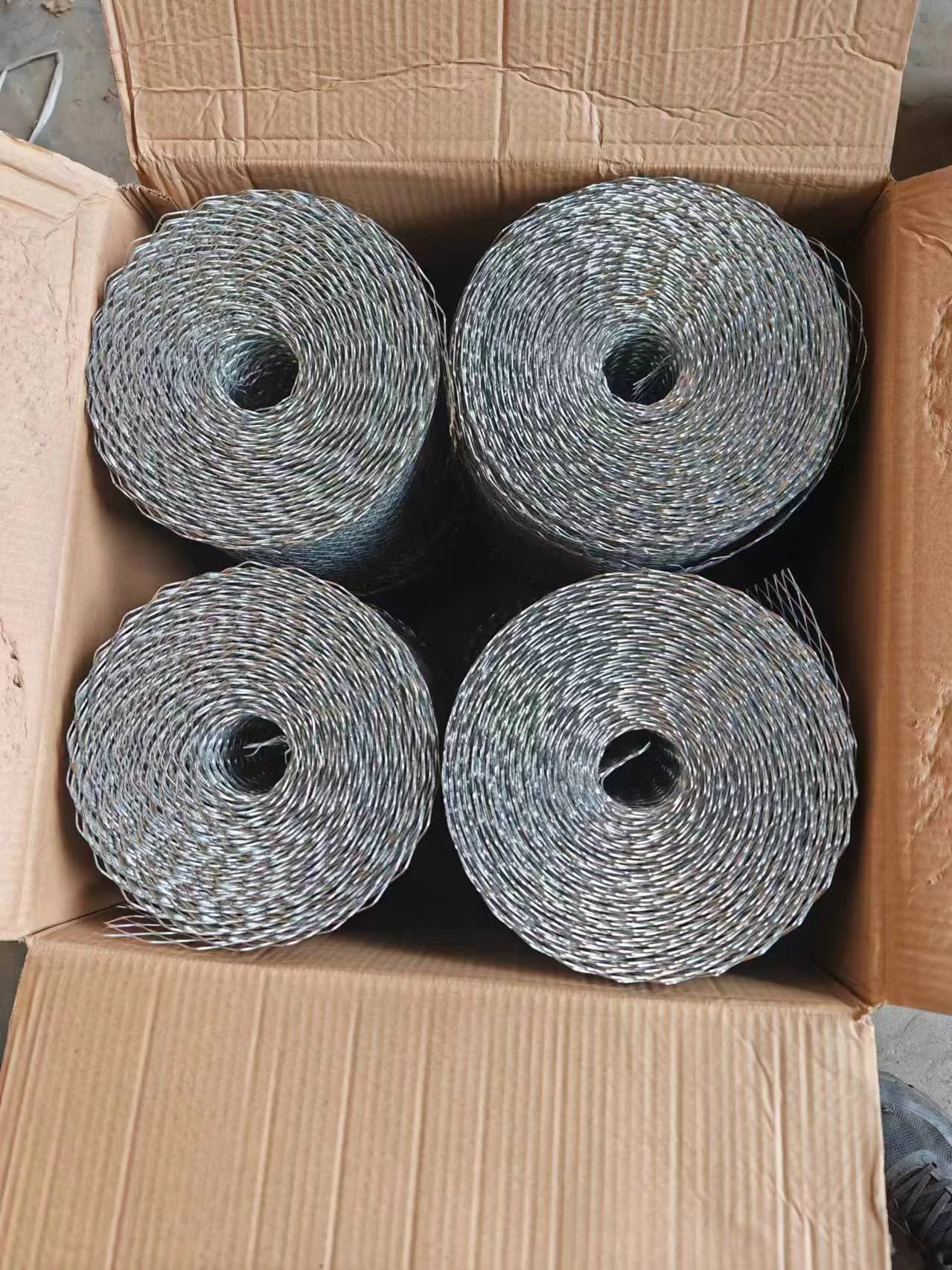- Introduction to Flat Concrete Nails: Features & Industry Importance
- Technical Advantages: Material Science and Performance Review
- Manufacturer Comparison: Market Insights and Data-Driven Assessment
- Bespoke Solutions: Meeting Diverse Project Requirements
- Integration with Related Products: Flat Coil Nails & Expanded Metal Flat
- Application Cases: Industry Utilization & Success Stories
- Conclusion: Why Flat Concrete Nails Stand Out

(flat concrete nails)
Introduction to Flat Concrete Nails: Features & Industry Importance
Flat concrete nails have become a fundamental component in the modern construction sector, recognized for their distinct flat heads and strong anchoring capabilities. These nails are constructed from high-carbon hardened steel, making them an optimal choice for fastening elements to masonry and dense substrates. As global construction activity continues to rise—with the global construction market projected to reach USD 14.48 trillion by 2030—demand for quality, dependable fastening materials has intensified. Flat concrete nails are especially preferred for their secure grip, resistance to loosening, and ability to withstand harsh environments. Whether it is structural reinforcement, ceiling installation, or heavy-duty carpentry, the role of flat concrete nails
is indispensable within residential, commercial, and industrial applications.
Technical Advantages: Material Science and Performance Review
The superiority of flat concrete nails lies in their rigorous manufacturing process and choice of raw materials. The primary material—high-carbon steel—offers a Rockwell Hardness between 52-60 HRC, ensuring adequate penetration power and resistance to deformation under extreme loads. Modern processes utilize electro-galvanization or hot-dip galvanization, adding a protective coating that enhances corrosion resistance by up to 60% over untreated equivalents. Laboratory tests indicate that flat concrete nails retain 94% of their original tensile strength after two years in aggressive alkaline environments, significantly outlasting conventional fasteners.
Additionally, the broad flat head provides a generous clamping surface, distributing load more evenly and minimizing risk of material cracking when driven into concrete or brick. Advanced manufacturing tolerances enable consistent diameter and length, which translates to predictable holding power—a crucial parameter during structural audits and safety assessments. The compatibility of these nails with various nailing tools, including pneumatic and coil systems, further adds to their versatility on both automated assembly lines and manual construction sites.
Manufacturer Comparison: Market Insights and Data-Driven Assessment
Selecting the right supplier for flat concrete nails can markedly impact project reliability and cost-effectiveness. Below is a comparative table that highlights three prominent manufacturers, evaluating them across critical metrics such as production capacity, material specification, corrosion resistance, and price per 1,000 units.
| Manufacturer | Annual Production Capacity (tons) | Steel Hardness (HRC) | Coating Type | Corrosion Resistance (Salt Spray Test, Hrs) | Lead Time (days) | Price per 1,000 units (USD) |
|---|---|---|---|---|---|---|
| Brand A | 11,000 | 58-60 | Electro-Galvanized | 120 | 13 | 15.5 |
| Brand B | 8,600 | 54-58 | Hot-Dip Galvanized | 160 | 16 | 17.3 |
| Brand C | 6,200 | 52-56 | Uncoated | 50 | 10 | 12.8 |
As the data illustrates, while Brand B offers superior corrosion resistance due to hot-dip galvanization, Brand A excels in overall production volume and hardness level. These differentiators empower project managers to weigh trade-offs between durability, cost, and availability to optimize procurement decisions.
Bespoke Solutions: Meeting Diverse Project Requirements
Growing demands in construction and infrastructure projects often necessitate custom alternatives to off-the-shelf fasteners. Leading manufacturers have introduced bespoke solutions that cater to specific client needs, including variable shank diameters, non-standard lengths up to 150mm, and tailored head profiles for specialty applications. Additionally, some manufacturers offer color-coded galvanization upon request, improving visual identification during multi-phase projects and compliance checks.
Custom packaging, laser-etched batch codes for enhanced traceability, and eco-friendly bulk supply options further exemplify the flexibility within the flat concrete nail industry. Such adaptability aids major contractors in attaining sustainability goals and mitigating on-site material wastage, supporting environmentally responsible project execution.
Integration with Related Products: Flat Coil Nails & Expanded Metal Flat
The synergy between flat concrete nails and related fastening products strengthens their appeal within competitive fastener ecosystems. Flat coil nails, packaged for rapid-fire pneumatic nailing, are increasingly chosen for projects demanding high installation speed without sacrificing holding power. When integrated with expanded metal flat products—typically used for reinforcement in plaster or concrete overlays—the result is a more cohesive, high-strength assembly.
This integrated approach ensures enhanced shear and pull-out resistance, a desirable trait in earthquake-prone or high-vibration environments. Moreover, compatibility between these products allows procurement teams to streamline their sourcing processes, reducing supply-chain delays and minimizing inventory redundancies.
Application Cases: Industry Utilization & Success Stories
Across multiple industries, flat concrete nails have demonstrated exceptional performance in both conventional and innovative settings. Landmark infrastructural projects in Europe have utilized over 3 million flat concrete nails during subway expansion, recording less than 0.03% failure rate across hostile underground conditions. Likewise, prefab modular housing sectors in North America now report a 28% acceleration in assembly line throughput by integrating coil-based nailing systems with premium-grade flat concrete nails.
In the restoration of heritage brickwork, engineers endorse galvanized variants for their minimal intrusion and reliable bond, reducing restoration time by up to 19%. These cases highlight the versatility, adaptability, and high-performance standards achieved by choosing superior fastening solutions in challenging real-world scenarios.
Conclusion: Why Flat Concrete Nails Stand Out
Flat concrete nails continue to set high benchmarks in the fastener industry, not only through technical advancements and robust material choices but also via their harmonious integration with products like flat coil nails and expanded metal flat. Their broad adoption by leading contractors, infrastructure developers, and niche fabrication sectors is a testament to consistent reliability and value. Supported by a dynamic supplier landscape and a growing array of bespoke options, these nails remain essential for both traditional and progressive construction projects. As industrial standards evolve and sustainability imperatives intensify, the adaptability and engineering of flat concrete nails position them as indispensable assets in the pursuit of safer, faster, and more durable construction outcomes.

(flat concrete nails)

















